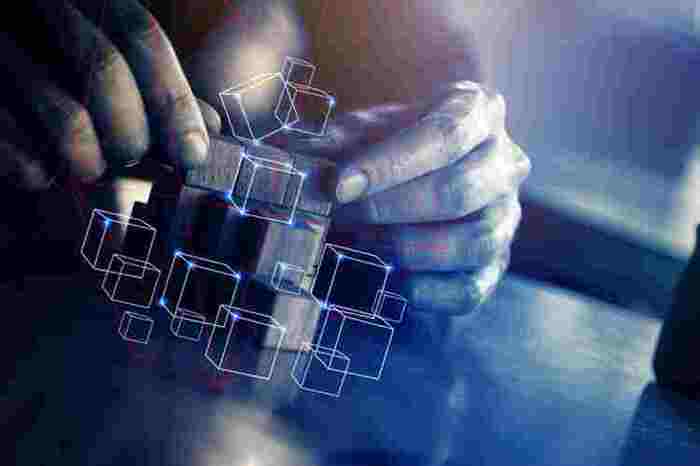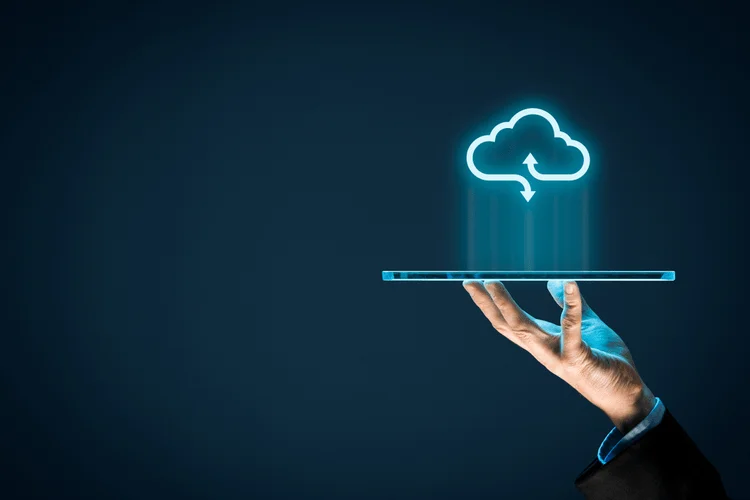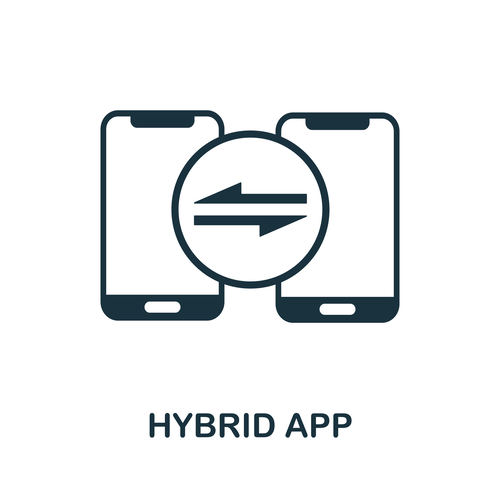Exploring The Professionals And Cons: Fog Computing Vs Cloud Computing For Iot Tasks
Edge computing and fog computing are two ideas which are often used interchangeably, but they’ve essential variations. Edge computing is a decentralized computing mannequin that brings information processing nearer to the gadgets and sensors that generate it. Fog computing, on the other hand, is a distributed computing mannequin that extends the capabilities of edge computing to a larger network of devices and sensors. Cloud computing relies heavily on centralized networking and communication, utilizing giant information facilities to attach users to information and applications.
Client-based fog computing is ideal for applications that require real-time processing, such as autonomous autos and industrial IoT. Because cloud servers are hosted off-site in dedicated information facilities, they can rapidly reply to person demand by tapping into further resources and scaling as a lot as meet increased wants. In distinction, fog computing depends on local hardware, which may be slower to reply due to factors such as latency and restricted bandwidth. At a basic stage, cloud computing and fog computing are comparable in that they both contain the remote use of computing power and resources.
- Cloud computing provides internet-hosted services to users according to their calls for.
- These units can vary from sensors and actuators to wearables and industrial equipment.
- This eradicates the need to ship knowledge to the cloud and improves effectivity.
- This pre-processing of information ensures, that only required information is distributed to the cloud.
Cloud computing suffers from larger latency than fog computing as a end result of information has to journey back and forth from the data heart, which might take a longer time. In distinction, fog computing can course of information in real time, making it ideal for latency-sensitive purposes. Fog computing is a brand new computing mannequin where cloud and edge units work collectively to satisfy applications’ efficiency, latency, and scalability necessities. Edge computing is being adopted to assist the proliferation of IoT gadgets and functions – particularly those requiring real-time processing capabilities. The progress in IoT connectivity has been enabled by 5G mobile networks, low-cost sensors, and related gadgets.
Cons Of Cloud For Iot
The good thing for the customers is fog and cloud computing can complement each other. By mixing these two solutions, you can create new communication and experiences. On the flip aspect, cloud computing relies on a strong and dependable core network. Latency refers to the time data takes to travel from system to server/device. In fog computing, the latency is low as the info does not should travel a lot away from the system. Do you typically get confused between fog computing and cloud computing?

It is computational energy and sources that are made available on-line on a requirement basis. Cloud computing provides plenty of flexibility, effectivity, and scalability to organizations. After going through the article totally, you can simply tell the difference between fog and cloud computing. On the opposite hand, cloud computing comes with excessive processing capabilities. In this mannequin, software and recordsdata aren’t stored on a neighborhood hard drive.
If you suppose that the fog and edge are terms of distinction without a distinction, you’d be largely appropriate – which also means you’d be partially wrong. In advocating one know-how over the other, supporters point to a narrow set of variations. That “narrow set of variations” is still enough, however, to warrant a distinction. We present modern IoT development providers for firms seeking to rework their enterprise.
Set Up And Management
Instead, a network of connected servers is used to store and answer totally different queries. The availability of services from anyplace, anytime, makes it a highly in style service in the fast-paced expertise world. The processing power and storage ability of edge computing is the least among the many three.
Fog is an intermediary between computing hardware and a remote server. It controls what info must be despatched to the server and could be processed regionally. In this way, Fog is an clever gateway that dispels the clouds, enabling extra efficient knowledge storage, processing, and analysis. Fog also can embrace cloudlets – small-scale and rather highly effective data centers positioned at the community’s edge. They are intended to support resource-intensive IoT apps that require low latency. Fog also can include cloudlets — small-scale and somewhat powerful knowledge facilities situated on the edge of the network.
To use the amenities of cloud computing, businesses can choose pay-as-you-go pricing. Using fog computing means no complaints about the lack of connection. It uses a number of interconnected channels to ensure the best connectivity for any activity. Fog computing is a part of cloud computing, and hence, these are interconnected.
This distributed mannequin presents several benefits, together with lowered latency and sooner knowledge retrieval. Moreover, it can higher support real-time applications that require quick access to massive quantities of knowledge. In today’s digital era, the Internet of Things (IoT) has revolutionized the finest way we stay and work. With billions of connected devices generating large amounts fog vs cloud computing of information, it has become essential to have efficient computing models that may handle this data effectively. Two such models which have emerged as well-liked decisions for IoT projects are fog computing and cloud computing. This article goals to discover the pros and cons of fog computing and cloud computing, serving to you make an knowledgeable determination for your IoT project.
Real-world Examples Of Fog Computing And Cloud Computing In Iot Tasks
Improving efficiency and efficiency can provide enhanced privateness, safety, and reliability for related units by decreasing their dependency on the web. Overall, fog computing represents a major shift in how knowledge is collected and processed, offering thrilling new potentialities for connecting devices and managing info in new methods. While cloud computing takes more time to respond well timed to every query, fog computing makes the process lot faster. It is a distributed decentralized infrastructure that makes use of nodes over the network for deployment. Edge and fog computing could be extra costly than traditional cloud computing, specifically if you are a small enterprise (SMB) in the early section.

Choosing and establishing hardware should think about your project’s specific wants. Still, cloud computing stays popular because of its higher flexibility and increases scalability, making it best for a extensive range of use instances. Overall, choosing between these two methods depends largely in your particular wants and objectives as a consumer or developer. As such, when contemplating the pros and cons of cloud vs fog computing, the question of location consciousness becomes an essential issue to suppose about.
Exploring The Pros And Cons: Fog Computing Vs Cloud Computing For Iot Initiatives
With cloud computing, a central community of storage and processing assets is used, typically comprising thousands and even millions of nodes. Cloud computing provides internet-hosted services to customers based on their demands. Using it, one can entry info no matter geographic location. Fog computing is a decentralized computing infrastructure or course of by which computing resources are located between a knowledge supply and a cloud or one other data heart. Fog computing is a paradigm that provides services to person requests on edge networks. The integration of knowledge is a key issue that differentiates cloud computing from fog computing.

Data can be processed and analyzed locally, reducing the want to transmit sensitive information to remote cloud servers. The proximity of fog nodes to knowledge sources permits localized security measures and higher management over knowledge transmission. Cloud computing depends on centralized information facilities, usually positioned in remote places, serving a broad range of clients over the internet.
The primary distinction between fog computing and cloud computing is that Cloud is a centralized system, whereas Fog is a distributed decentralized infrastructure. Integrating the Internet of Things with the Cloud is an affordable method to do enterprise. Off-premises companies provide the scalability and adaptability needed https://www.globalcloudteam.com/ to handle and analyze data collected by related devices. At the same time, specialised platforms (e.g., Azure IoT Suite, IBM Watson, AWS, and Google Cloud IoT) give builders the ability to construct IoT apps without major investments in hardware and software program.
In terms of speed and efficiency, cloud computing has a transparent edge over Fog computing. Due to its nature, fog computing must make the most of a giant quantity of server nodes to process the info. Since fog computing makes use of localized or distributed networks, it’s highly safe. Cloud computing additionally offers high safety with data encryption and different methods. In cloud computing, end-users experience a quick response time with the assistance of dedicated knowledge centers. Overall, fog and edge computing are extremely safe in comparison with the cloud.

We are already used to the technical time period cloud, a community of multiple gadgets, computer systems, and servers linked to the Internet. But still, there is a distinction between cloud and fog computing on sure parameters. Devices on the fog layer typically perform networking-related operations similar to routers, gateways, bridges, and hubs. The researchers envision these units to carry out each computational and networking tasks simultaneously.
